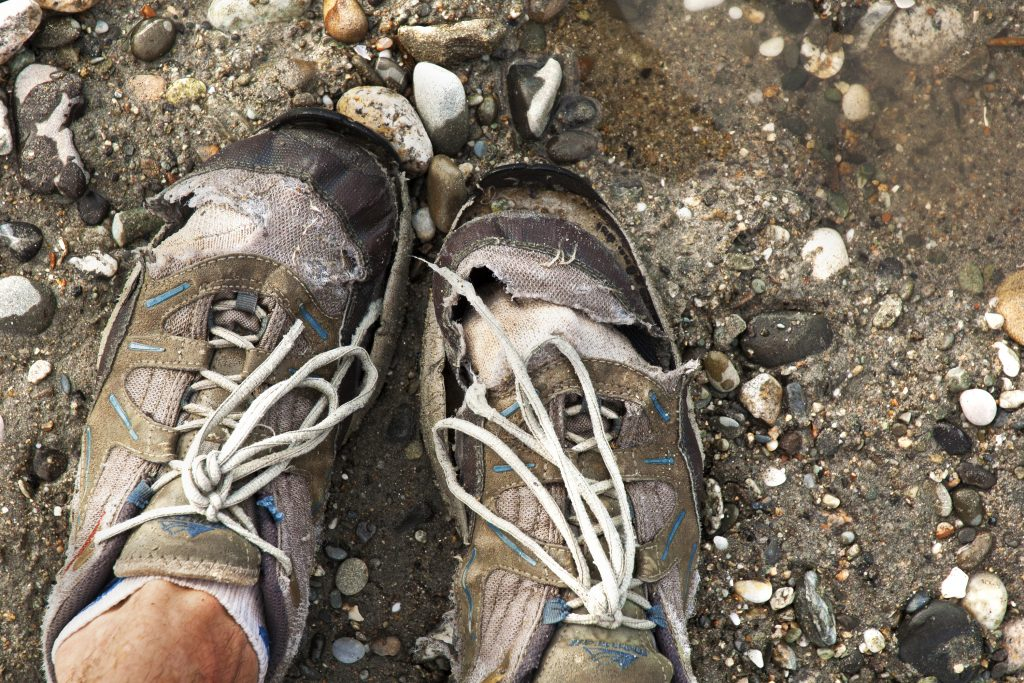Hello runner friends!
Welcome back to the Bass Pro Fitness Series
MIDWEEK M😊TIVATI😊N blog!
So to keep yourself injury free this season, check out these 5 Running Tips for Spring. Following them will help to ensure that you don't end up with the worst thing an injury can give you... FOMO! I speak from experience in telling you that missing out on Spring running because you're sidelined by an injury will bring you to tears! Think about it…all your friends will be talking about the beautiful weather, the budding flowers, and the smell of freshly cut grass out on their runs while you're left to cry upon reading their posts while rehabbing that "thing" that broke or got strained because you ramped it up too quickly. Without further ado then, here are some tips to ensure you run through Spring unscathed by the elements or your own zealousness:
Ramp up slowly.
It is easy to want to pick up training where you left off last fall, but you must be very careful about ramping up the miles too quickly. Doing too much too fast greatly increases your chances of an injury. How bummed would you be if you were sidelined even longer, missing out on the great running weather? The general rule about increasing mileage is that you should increase by no more than 10-percent each week. For example, if you run 10 miles during your first week back, run no more than 11 miles the following week. If you are injury-prone or are currently recovering from an injury, you should stick to a 5-percent increase week-over-week. This may be tedious and hard to do, but it will help ensure that you stay injury-free.
After taking a few months off from running, it is easy to forget how old or worn your running gear is, particular shoes. When was the last time you replaced your running shoes? If the answer is "I don't know," you are probably ready for new ones. You should replace your running shoes every 300 to 500 miles, depending on your size, weight, gait, and shoe type. Keeping a running log is great, not only for tracking your progress and runs, but also for keeping track of shoe mileage. In your running log, make a note of the date you started wearing a new pair of shoes, then keep track of your weekly running mileage. You'll then be able to easily calculate when you've run 300 to 500 miles in those shoes.
Set a goal.
Whether you've been running for years or are brand new to running, setting goals can be very beneficial. Working toward a goal allows you to feel like you are accomplishing something and gives you a purpose for getting in those miles. Whatever your goal is, it should be challenging, yet achievable. If you are brand new to running, maybe your goal is to finish a 5K, or to be able to run for 20 minutes without stopping. Perhaps you want to get faster, stronger, or lose weight. Whatever your goal, set a realistic timeline to meet it and celebrate in a healthy way when you accomplish it. Treat yourself to some new running music, give yourself a pedicure, or buy yourself a new pair of running shorts.
In many parts of the country, spring weather is very unpredictable. Be prepared for any kind of weather. Make sure you have gear for cold mornings, such as long pants, gloves, or a wool cap, as well as clothes for warm weather, like shorts and a T-shirt. Also make sure you have a good water-resistant jacket on hand if you live in an area where spring showers are likely.
Keep allergies under control.
If you have seasonal allergies and the spring weather makes you sneezy and itchy, consider joining a local gym or investing in a treadmill until your allergies subside. If running outside makes your allergies flare up, you are probably far less likely to go for a run. If you can stay indoors to run, however, you won't miss out on your training and you can keep your allergies under control.
If you have seasonal allergies and the spring weather makes you sneezy and itchy, consider joining a local gym or investing in a treadmill until your allergies subside. If running outside makes your allergies flare up, you are probably far less likely to go for a run. If you can stay indoors to run, however, you won't miss out on your training and you can keep your allergies under control.
So there you have it friends. Winter is finally over and Spring is finally upon us!! Which means it's time to get back out into the great outdoors and enjoy the sights, sounds, and smells of this season of renewal God has given us. So go ahead and set those goals, but go after them slowly so you can enjoy all the great things this time year holds without being sidelined by injury.
Happy Running!





No comments:
Post a Comment